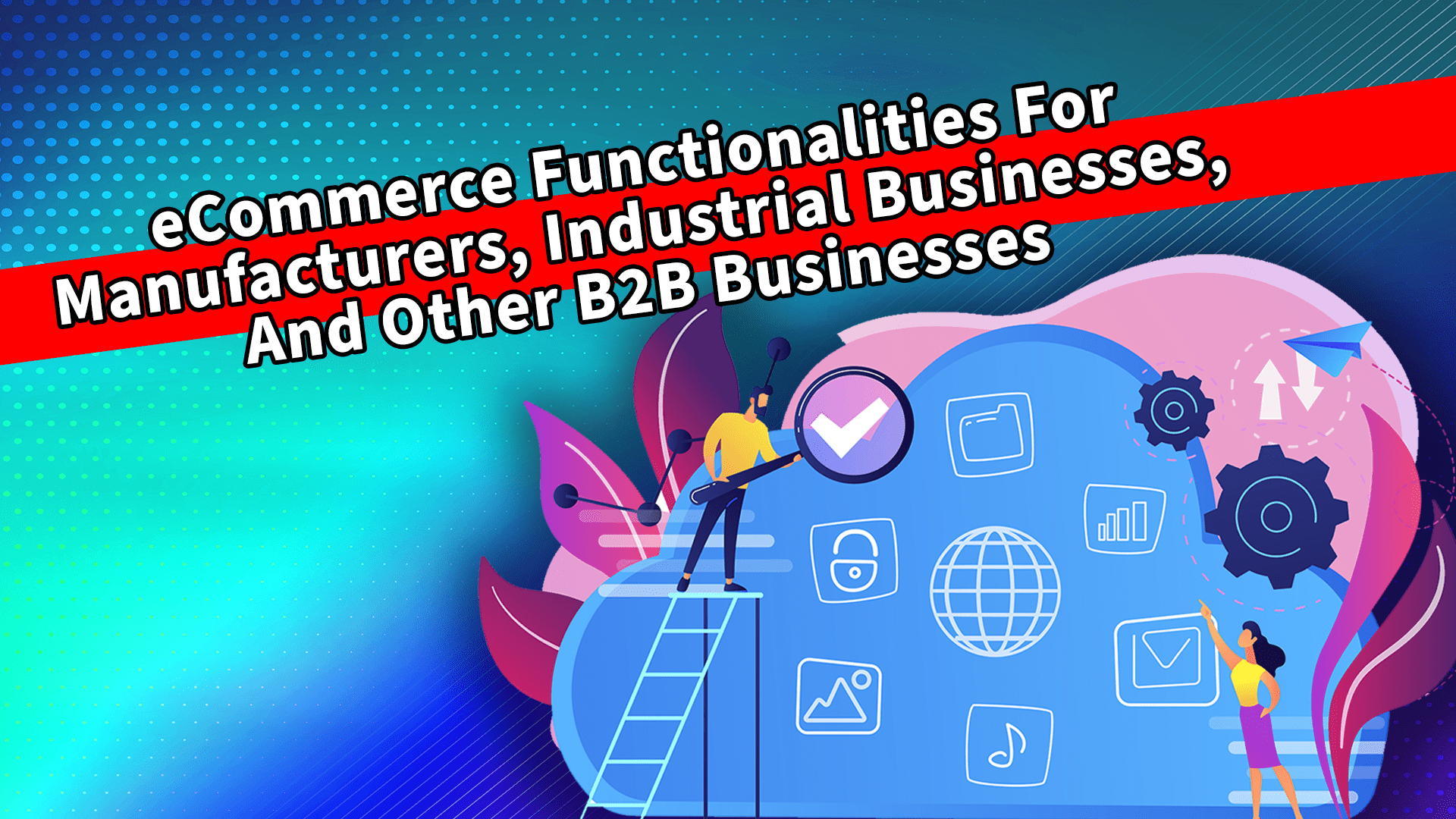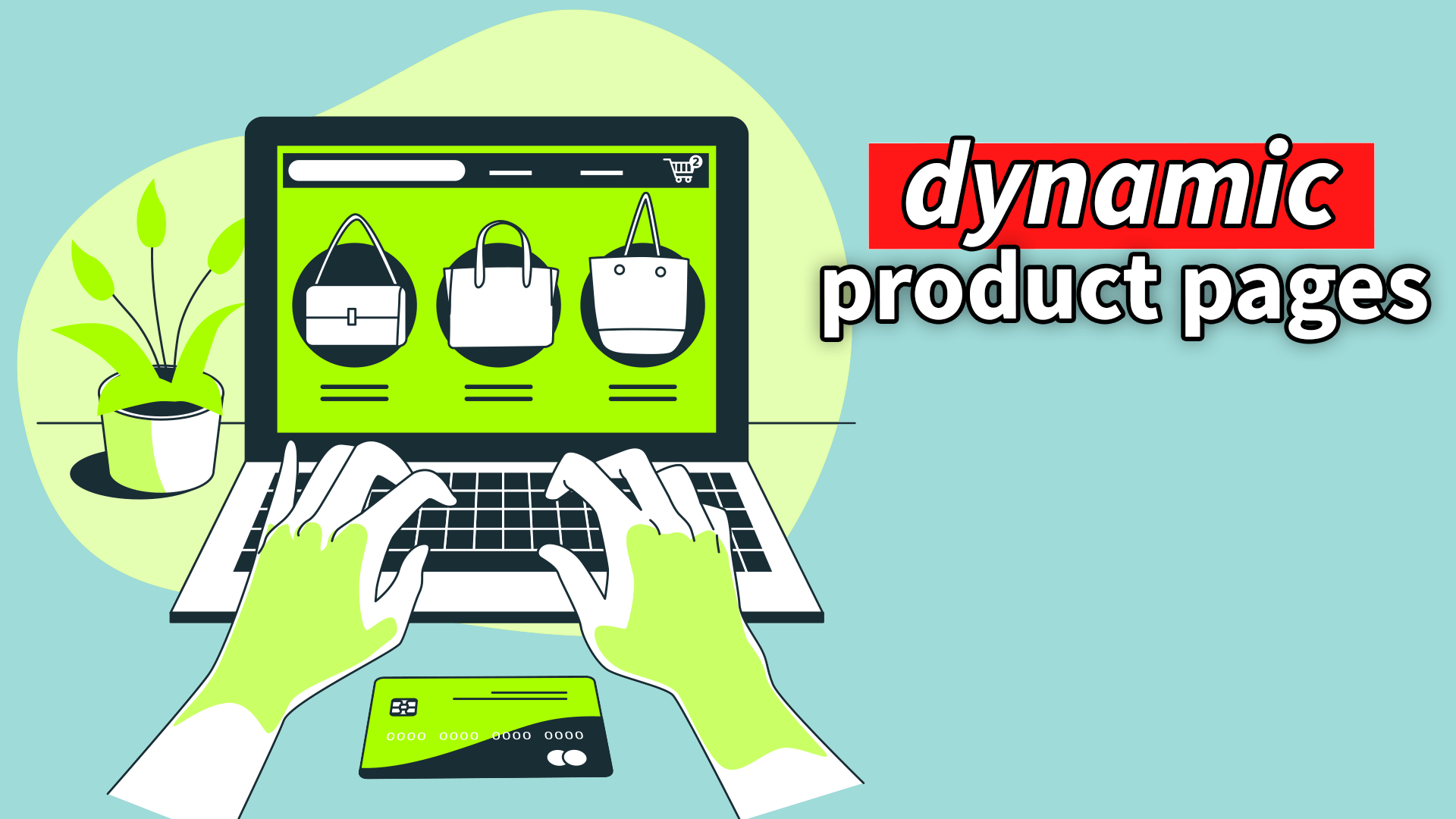B2B functionalities include advanced search and filter custom quoting processes, custom ERP integrations, call tracking and CRM integrations. They also cover multi-asset to cart, reorder functionalities, tiered pricing, custom ordering processes, and custom payment methods for specific customers in those tier pricing groups.
The company has a webpage on these functionalities at http://optimum7.com/custom-functionalities. Optimum7 has built over 750 of these functionalities so far. Clients trust the team, browsing these functionalities as if at a candy store. The business is quite serious, however.
B2B eCommerce Solutions For Clients
The most advanced ones have a B2B operation. You might be selling directly to consumers, doing B2B or B2G (business to government). To serve clients, you want custom levels, accounts, and views respectively.
Talk about the top three requests or pain points.
Clients are stuck in this old-school way: taking orders over the phone, manually entering this data and Excel sheets, and logging POS into Excel sheets. They have sales reps reach out to longtime customers, offering them deals over the phone and discounts.
Changing The Purchasing Process For B2B Buyers
This process requires automation, how they can go into the modern day of eCommerce. The owner has a B2B eCommerce store with up-to-date capabilities, yet seventy percent of their sales come from offline orders.
How can one automate that process where that business owner doesn’t need to have a twenty-person sales team. With automation, he or she doesn’t need to have unnecessary overhead.
If you have this functionality such as the tiered pricing for specific customer groups, they can get them the dedicated discount based on the tier. The process makes it as easy as adding a reorder functionality. They don’t need to get on the phone or place a call to get that order. The functionality is going to take care of it on its own. That’s more of a pain point of how you can optimize your existing operation, customers, pain, and process.
Most B2B clients want to be as efficient as possible by relying on as little human interaction as possible to decrease the margin of error with automation. That would be the most important one and the need to increase the average order volume and lifetime value of a customer.
Recap Of eCommerce Functionalities For B2B Companies
Phase-out manual processes if possible. Companies use an outdated CRM or ERP that doesn’t integrate with their eCommerce store. A marketing team needs to make sure that your technology is brought to the modern day and that your CRM or ERP is integrated.
You also want to automate many manual processes that are currently taking place on the backend. At the same time, you also want to offer your end-user a much better user experience throughout that purchasing journey, right throughout the reordering journey. It’s less of a headache for the end-user. At the same time, it’s going to be less of a headache for the business owner. Once all of these processes are in place, once everything is automated appropriately.
Case Study: Convincing B2B Brands To Upgrade
Consider two examples. For one client, his quote processes or numbers increased by 40%, which was ridiculous. He needs custom quoting processes.
How do you encourage users to submit custom quotes on a B2B eCommerce site where it’s automated?
Add an item to cart pay, add an item to cart and then process a quote where you get a PDF quote. The second one is conditional payment options. If User X comes in logs onto the site, he needs to pay with a credit card. But if User Z comes in, you see that User Z purchased over a hundred thousand dollars in the past six months because you have access to the history of orders.
Optimum7 sometimes uses custom processes for B2B business owners. These require building on platforms like BigCommerce, Shopify, illusion, 3dcart, Magento, or even the enterprise ones and custom ones.
How about the second example?
Some prospects have asked for custom functionality, and the team will quote a range between $5,000 to $500,0000. They will give a price of $30,000 for the sake of argument. This entrepreneur is a $10 million business.
“Whoa, that’s too much!” The owner says. They’re already earning revenue as his and not investing $30,000 on this.
They think that they will be fine running their 1990 technologies in DRPs. Such technology, in theory, will help them compete with huge companies like Wayfair, Walmart, Overstock, and Amazon.
What do you say to those?
The ones that come with that feedback or rebuttal are just as much of a dinosaur as their current eCommerce operation. Dinosaurs became extinct. If you want to scale your business and last for the next five to ten years, invest in your business to ensure that your technology is up-to-date and your processes are automated.
Corporate giants like Wayfair and Walmart are continuously investing in their technology. Their platforms evolve with technology. If you’re not doing that as a small to medium-sized business owner or manufacturer, you’re going to fall far behind.





